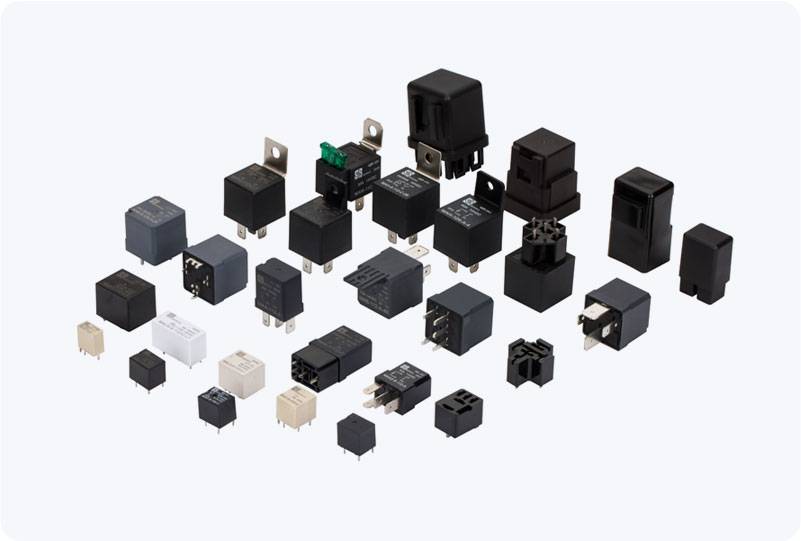High Current Relays (HCR) are integral components used for switching high power circuits in a variety of industrial and automotive applications. These specialized relays are designed to handle large currents that standard relays cannot manage, enabling efficient control of high-power devices with minimal electrical loss. This article aims to explore the characteristics, working principles, and applications of High Current Relays.

What is a High Current Relay? A High Current Relay is an electrically operated switch that can control high-voltage, high-current circuits, typically used for switching large devices like motors, heavy machinery, and power grids. Unlike standard relays, which are designed for low to moderate current handling, High Current Relays are engineered to handle much larger electrical loads, often in the range of tens to hundreds of amperes. Key Features of High Current Relays High Current Capacity The most defining feature of High Current Relays is their ability to handle high electrical currents. Depending on the design and application, these relays can typically manage currents ranging from several tens of amperes to several hundred amperes, depending on the relay type and intended use. This makes them essential for applications that demand frequent switching of high-power devices.